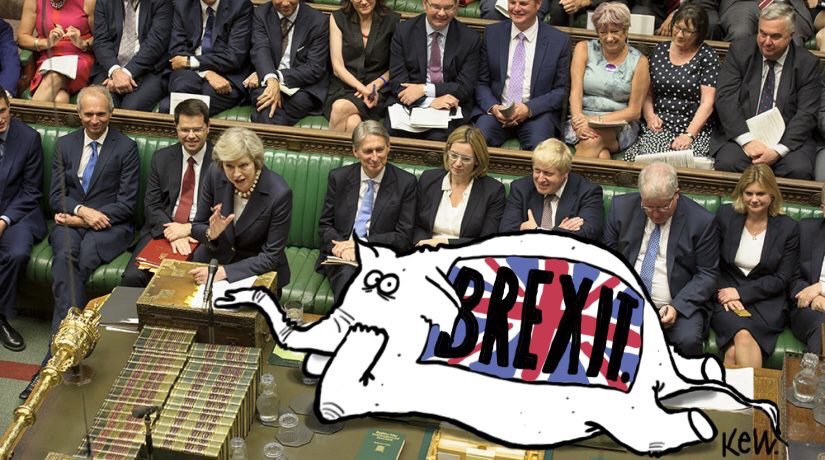
The Chancellor’s first and last Spring Budget was always going to be a placeholder until the new Autumn Budget expected later this year. In part, this is because the Government is about to trigger Article 50 (the formal process for exiting the European Union) and the Chancellor will have wanted to keep his powder dry in case Brexit negotiations turn sour. It’s also because the Government has launched a significant consultation on a Modern Industrial Strategy and the Chancellor will want to use the Autumn Budget to put his stamp on the shape of our post-Brexit economy.
Brexit was the elephant in the room for the Chancellor’s Budget: it was only mentioned twice in the 60-plus pages of the Red Book. But the economic risks presented by Brexit are present throughout the Budget and the Office of Budget Responsibility’s Economic and Fiscal Outlook. The OBR raised the forecast for 2017, but this was based largely on a stronger than expected end to 2016. This year, the OBR expects growth to slow as consumers spend less as rising inflation (due to a Brexit-induced depreciation in sterling) weighs in real wages. The OBR also expects business investment, which fell by 1.6% in 2016, to remain subdued.
The short-term outlook for the economy will be driven by the twists and turns of Brexit negotiations: any signs of trouble/progress will depress/improve business and consumer confidence. And that uncertainty is why the Chancellor has decided to hold fire until the Autumn Budget.





